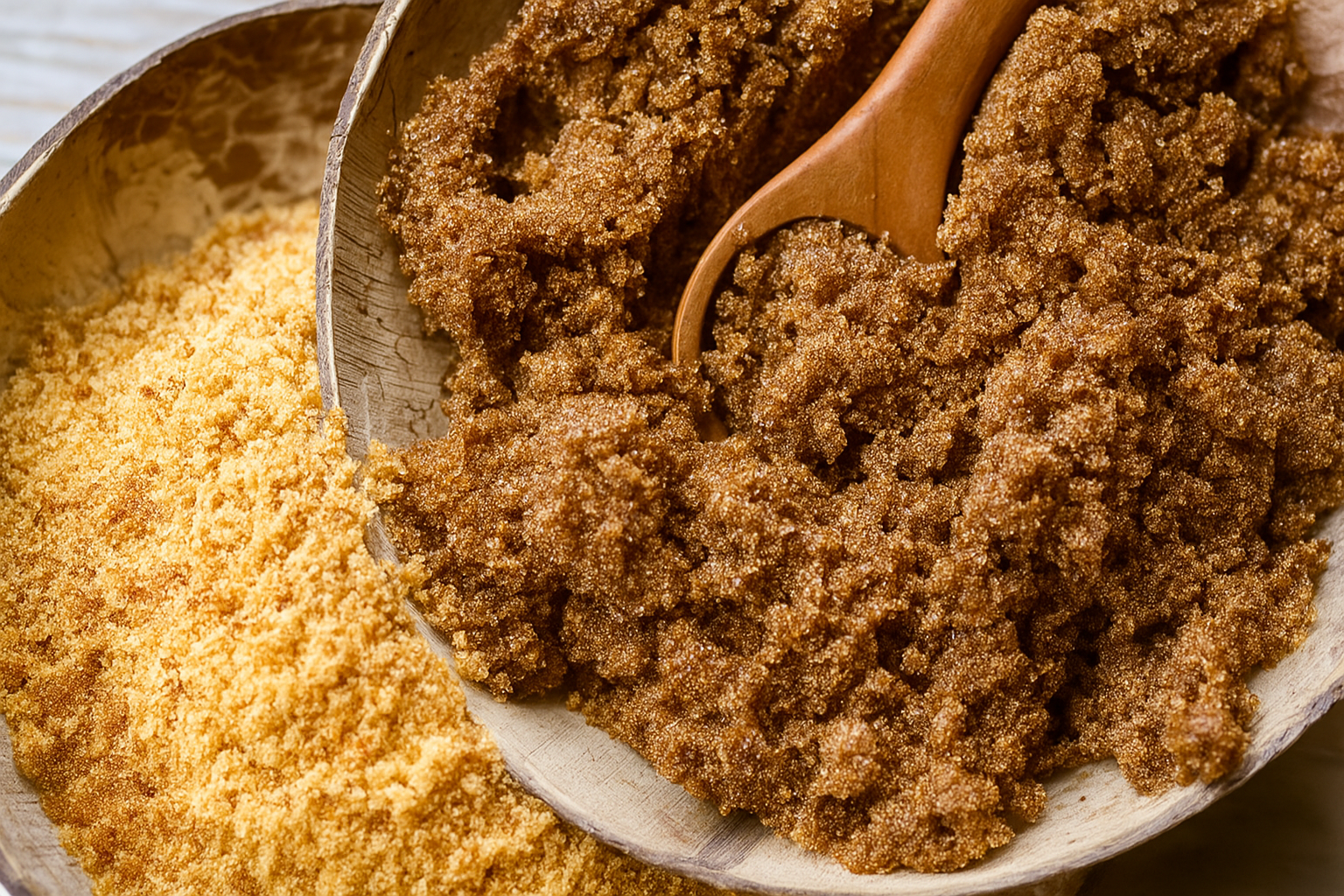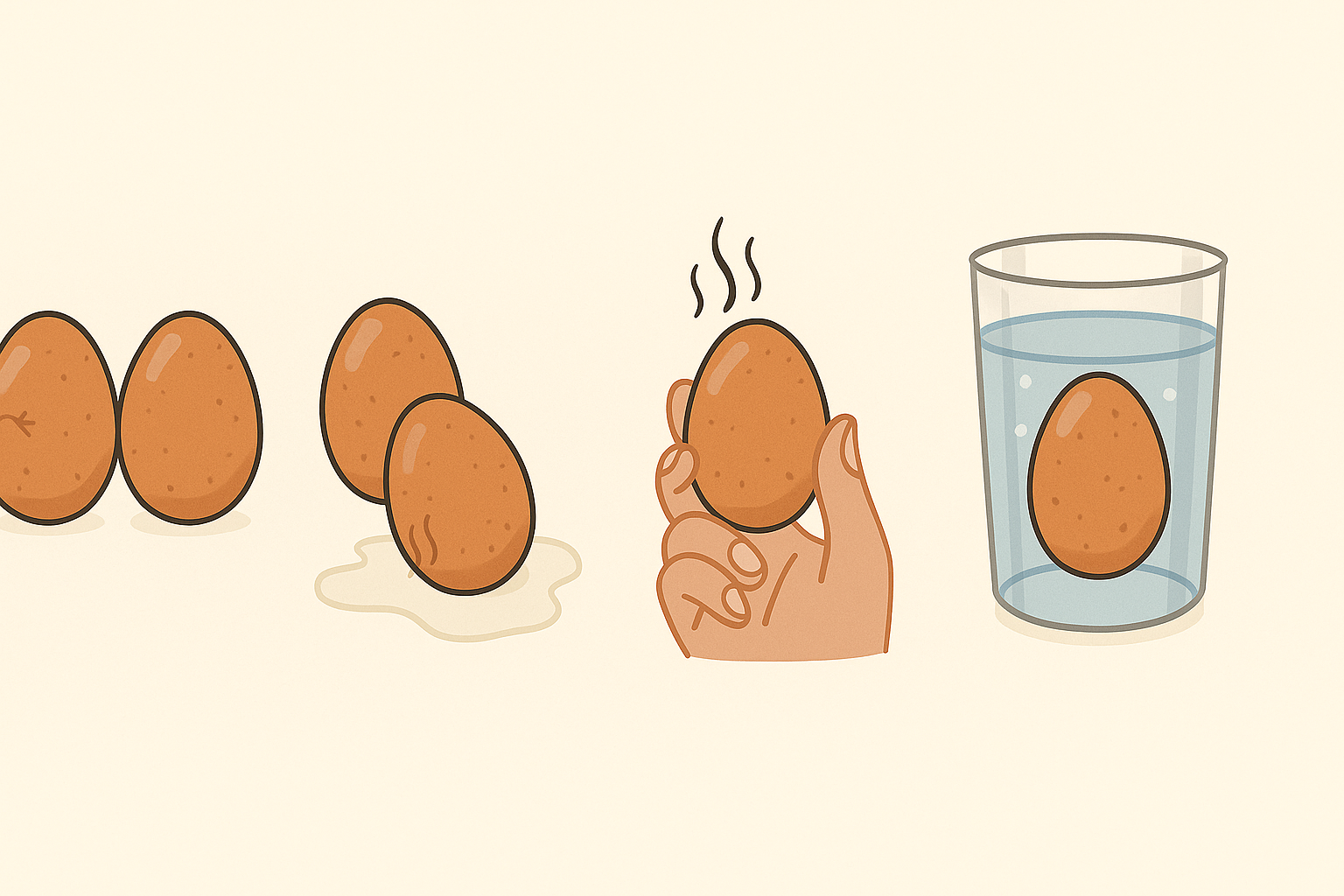What Is Firefly Petunia?
The Firefly Petunia is a hybrid or specially bred variety of petunia known for its bright, glowing, firefly-like petals that appear to shimmer in sunlight or artificial light. Though not always an official cultivar name, “Firefly” is commonly used by gardeners and plant sellers to describe petunias with unique bioluminescent-like coloring, often showcasing a blend of yellow, orange, pink, lavender, or even deep violet shades.
Characteristics:
- Color: Variegated, often with speckled or glowing centers resembling firefly light.
- Type: Annual or perennial depending on the climate.
- Size: Compact and mounding, typically growing 6 to 12 inches tall.
- Spread: Can spread 12 to 18 inches, making it perfect for beds, baskets, and containers.
- Bloom Time: Spring through fall, and sometimes even into winter in warm zones.
Origin and Breeding of Firefly Petunia
Petunias originate from South America, specifically Argentina, Brazil, and Uruguay. The Firefly Petunia is likely a modern hybrid, developed by crossbreeding different petunia species like Petunia axillaris and Petunia integrifolia to produce the glowing effect and extended blooming time.
Horticulturists have used genetic selection and hybridization techniques to enhance traits such as:
- Color vibrancy
- Petal texture
- Resistance to pests
- Heat and drought tolerance
In fact, there are even genetically modified petunias created in labs with bioluminescent traits. While not all Firefly Petunias are GMOs, some do mimic those glowing effects.
Why Is It Called “Firefly” Petunia?
The name comes from the flower’s striking appearance, which resembles the gentle glow of fireflies on summer nights. The radiant center or subtle speckles on the petals look illuminated, especially in lower lighting or at dusk. Some varieties might even appear to “glow” in moonlight, hence the poetic name “Firefly.”
Growing Firefly Petunia: Step-by-Step Guide
Whether you’re a beginner gardener or an experienced horticulturist, Firefly Petunias are easy to grow and maintain. Here’s everything you need to know to grow them successfully:
1. Choose the Right Location
- Sunlight: Full sun (at least 6 hours of direct sunlight daily).
- Soil: Well-draining, slightly acidic to neutral pH (6.0 to 7.0).
- Air Circulation: Good airflow reduces fungal risks.
2. Planting Time
- Ideal time: After the last frost date in your area.
- You can start seeds indoors 8-10 weeks before the frost ends, then transplant them.
3. How to Plant
- Seeds or transplants can be used.
- Space plants 12-18 inches apart to allow spreading.
- Water thoroughly after planting.
4. Watering
- Keep soil consistently moist but not soggy.
- Water at the base to avoid wetting the leaves, which can cause mildew.
5. Fertilizing
- Use a balanced fertilizer (10-10-10 or 20-10-20) every 2 weeks.
- You can also apply slow-release fertilizer at planting time.
6. Pruning and Deadheading
- Deadhead (remove faded blooms) regularly to encourage more flowers.
- Pinch back leggy stems to promote bushier growth.
Ideal Uses for Firefly Petunias
Firefly Petunias are versatile and fit into many landscaping or decorating plans. Here are some ideas for where and how to use them:
1. Hanging Baskets
Their trailing habit makes them perfect for hanging containers, where they can spill over the sides with radiant color.
2. Garden Borders
Use them as low-growing border plants in flower beds or pathways.
3. Window Boxes
Add a splash of glowing color to windows, balconies, and patios.
4. Companion Planting
Pair Firefly Petunias with:
- Marigolds
- Geraniums
- Lobelia
- Sweet alyssum
These combinations can enhance pollination and pest control.
Common Pests and Diseases
Although petunias are generally hardy, Firefly varieties may face a few challenges:
| Problem | Symptoms | Solution |
| Aphids | Sticky leaves, curled foliage | Neem oil or insecticidal soap |
| Whiteflies | Tiny white bugs, leaf yellowing | Sticky traps or sprays |
| Powdery Mildew | White powder on leaves | Improve air circulation, fungicide |
| Root Rot | Mushy stems, yellowing leaves | Avoid overwatering |
Regular inspection and maintenance can prevent most problems.
Overwintering and Perennial Care
In colder climates, Firefly Petunias are treated as annuals. But if you’re in USDA Zones 9-11, they might act as short-lived perennials. You can also bring them indoors before the first frost and grow them as houseplants in sunny windows.
Tips for Overwintering:
- Trim the plant back by half.
- Keep it in a cool, bright location.
- Water sparingly during winter dormancy.
Firefly Petunia vs Other Petunia Varieties
| Feature | Firefly Petunia | Regular Petunia |
| Appearance | Glowing, speckled, bright | Solid colors or stripes |
| Uniqueness | High – rare in stores | Common and widely sold |
| Maintenance | Moderate to easy | Easy |
| Use in Design | Focal or highlight plant | General bedding plant |
If you’re looking to stand out from the crowd, Firefly Petunias add uniqueness that common varieties might lack.
Where to Buy Firefly Petunias
Firefly Petunias may not always be available in every local garden center, but you can find them online or through specialty nurseries.
Recommended Sources:
- Etsy plant shops
- Local garden clubs and seed exchanges
- Botanical garden plant sales
- Seed suppliers like Burpee, Park Seed, or Johnny’s Seeds
Always check the cultivar name, and look for words like “bioluminescent,” “firefly glow,” or “shimmering petals.”
Fun Facts About Firefly Petunias
- Petunias belong to the nightshade family (Solanaceae), making them relatives of tomatoes and peppers.
- Some experimental Firefly Petunias have been engineered to glow in the dark using bioluminescent genes.
- Petunias are non-toxic to humans but can be mildly irritating to pets if ingested.
Final Thoughts
The Firefly Petunia is a fascinating, radiant, and beautiful flowering plant that adds a magical touch to any garden or home. With proper care, it rewards gardeners with months of continuous blooms, making it ideal for flower beds, containers, and hanging baskets. Whether you’re aiming for a vibrant garden aesthetic or a subtle touch of night-time elegance, Firefly Petunias are a perfect choice.
Summary Table:
| Feature | Details |
| Type | Annual (sometimes perennial) |
| Light Requirement | Full sun |
| Watering | Moderate, well-drained soil |
| Bloom Time | Spring to fall |
| Color Options | Mixed, glowing, bi-color |
| Special Feature | Radiant petals, glowing look |







Leave a Reply